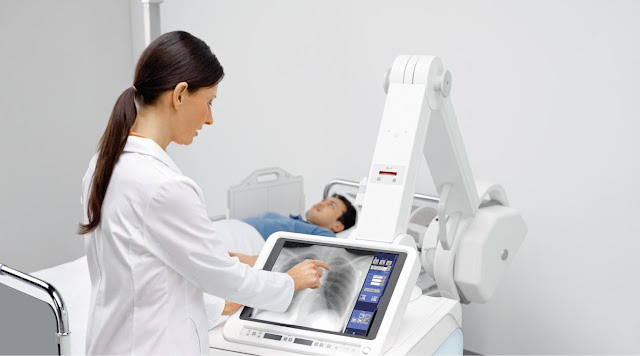Cognitive Systems Spending Has Moved Beyond the Early Adopters to Mainstream Industry-Wide Use Case Implementation
In the recent past, cognitive systems spending has increased due to the increasing adoption of cognitive systems worldwide. Cognitive system is an advanced technology helps in analysis and decision making. The system uses several technologies, such as artificial intelligence (AI), information retrieval, knowledge graphs, information curation, etc. to predict future, provide recommendations and answer questions. Cognitive systems provide the next generation of tools to get work done. The system uses AI to derive the complicated business problems.
Cognitive system helps improve the profitability of companies through automation. It replaces the human thought process with a simulated digital model, which includes a self-learning system. Moreover, the system uses analysis to process collected data and provide important insights. Thus, companies are increasingly adopting cognitive systems for various purposes, such as to optimize production and supply chain and to gain higher Return on Investments. Furthermore, governments worldwide are using a cognitive approach to decision-making, real-time data, relying on past evidence, and future predictions to inform their policies.
For example, the US Geological Survey (USGS) partnered with the National Aeronautics and Space Administration (NASA) to use latter’s observation satellites to capture real-time images of the Earth’s surface. Moreover, in June 2020, the Department of Veterans Affairs launched its National Surveillance Tool (NST) in the U.S to keep track of COVID-19 developments and manage resources accordingly, as well as to help the department anticipate future coronavirus hotspots and take pre-emptive action. This in turn has increased Cognitive Systems Spending.




Comments
Post a Comment